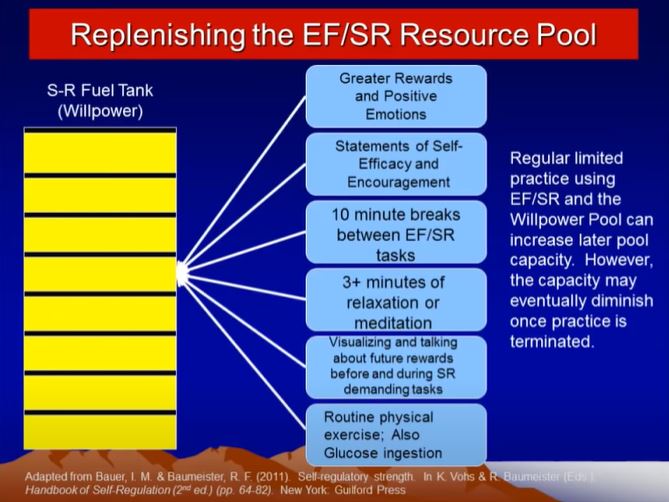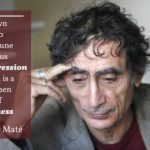
How you Treat ADHD Based Off Science – Dr. Russell Barkley
Video below summary
Summary:
– The brain: Back part is where you learn, front is where you do. So you can know stuff and you won’t do stuff. This is called a performance disorder.
– ADHD interrupts the executive functions and can be called ‘time blindness’. It’s not an attention but and intention deficit disorder because you fail to care for yourself, your self-interest (welfare and happiness).
– You know what to do but can’t do it. You have a disorder of the when and the where not the how and the what.
– Everything is not in place for you do be able to do what can do.
– Teaching skills is inadequate. You need to reengineer the environment to help them show what they know.
– This is due to neuro-genetic deficits so medication is absolutely justifiable. 80% of people with ADHD will be on medication at some point in their life as meds are the most effective out of everything so far.
– Accountability needs to be tightened. More accountability, more responsibility to more people at more times. The problem is with time and timing and not consequences.
– Behavioural modification (BMod) is what is needed to create artificial consequences throughout the environment to improve your functioning. Things like artificial prosthetic cues (signs, lists, cards, charts, posters) provide artificial prosthetic consequences and accountability (tokens, points, rewards). But it only works while it’s in place and doesn’t condition or program behaviour in the future.
– It’s a chronic disorder that must be managed everyday and there is no cure. 1 in 6 might outgrow it. People need to see ADHD as diabetes of the brain.
– He says it’s the most treatable disorder. 55% of people on meds are normalised. Only problem is most people don’t get treatment. 40% of children and 90% of adults don’t get diagnosed and treated.
Steps that help:
1 – Make all mental information physical. Cues, signs, charts, etc.
2 – Make time physical. Clocks, timers, alarms.
3 – Small chunk lengthy tasks into many small steps. Little bits of work over time.
4 – Make motivation external and the consequences in the now. This is why they can play videogames for hours and struggle with homework. They’ll need rewards and you’ll need to negotiate a deal.
5 – Make problem solving manual or assist with manual pieces to the problem.
6 – The executive system has a limited fuel tank. Their tanks are usually empty after school and then they’re expected to do more.

Refuelling:
– Rewards and positive emotions.
– Self-efficacy statements and encouragement.
– 10 minute breaks between EF (executive function) tasks.
– 3+ minutes of relaxation or meditation. 10:3 rule = 10 minutes of work, 3 minutes break.
– Visualising and talking about future rewards before and during SR (self-regulation) demanding tasks.
– Routine physical exercise and glucose ingestion. Exercise even creates a bigger tank. Blood glucose in the frontal lobe is directly corelated with executive function. If you’re doing a long exam you better have some lemonade/Gatorade/sports drink. Fluid form that can get into the brain very quickly.
3 Recommended Programs
– Russell Ramsay’s Cognitive-Behavioral Therapy for Adult ADHD: An Integrative Psychosocial and Medical Approach
– Steven Safren’s – Mastering Your Adult ADHD: A Cognitive-Behavioral Treatment Program, Therapist Guide
– Mary Solanto’s – Cognitive-Behavioral Therapy for Adult ADHD: Targeting Executive Dysfunction
Links:
– Playlist to full keynote
– View Dr. Barkley’s powerpoint presentations.
Amazon #ads






